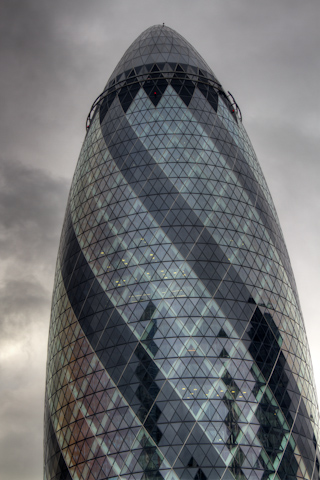


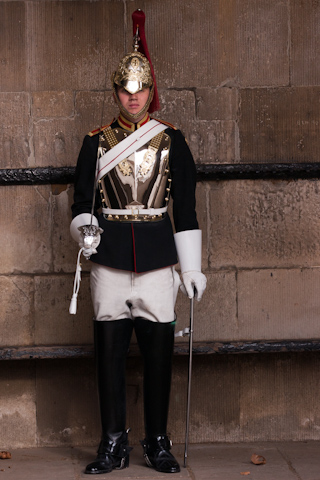
A dismounted Horse Guard stands near the entrance to the Royal Stables.

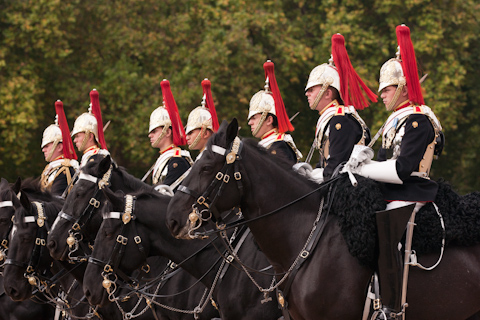
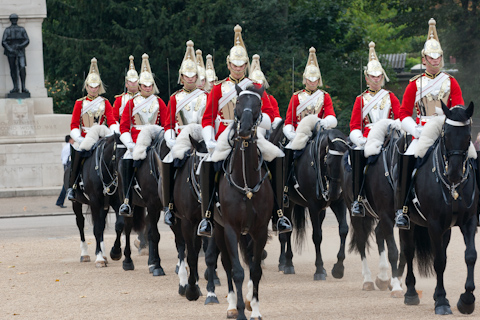


After the changing of the guard I went into the Household Cavalry Museum. Which offered a view into the stables - the new Life Guards were busy putting up their mounts.
Then a short subway ride to the National Army Museum which had a nice layout - you walked through the museum from 1642 through the present conflicts in Afghanistan. The museum was highly interactive and fun for kids. It was here that I noticed that the American Revolution did not get a lot of space, if any, in all the military museums.
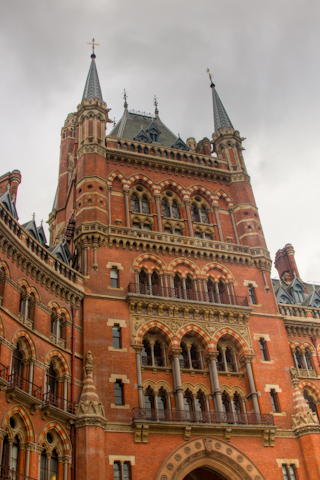


I took this while wandering around the neighborhood surrounding the British Library. I was kicked out of the library due to a bomb scare and all my photography backpack was inside in a locker - so I had an hour to kill.
The British Library would not be a long stop normally but is full of history. From original Beetle lyrics to Gutenberg Bible and the Magna Carta.
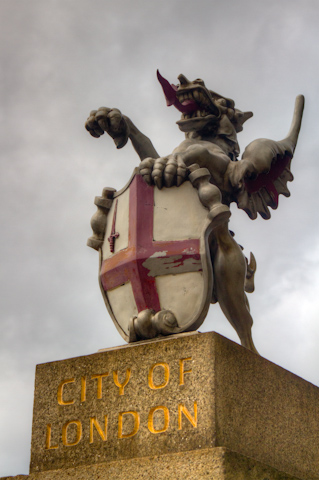



The spillage into the street was from the pub The New Moon.